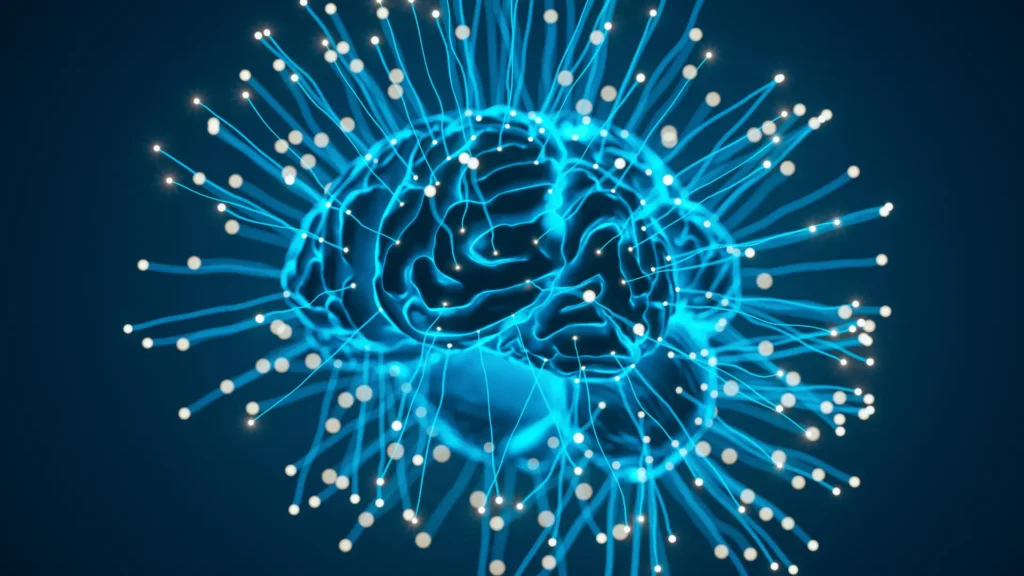The term “mind hacking” often evokes images of science fiction, but the practice is a very real and grounded process. It refers to the application of principles from psychology and neuroscience to consciously and rapidly change your own mental and emotional states. It is a modern label for the ancient pursuit of self-mastery, updated with our current understanding of the brain.
The Short Answer: Yes, It’s Real
Mind hacking is a real and verifiable phenomenon. The term is a metaphor, but the underlying process it describes—the ability to consciously change your own mind—is a fundamental aspect of human biology. It is not a mystical art but a practical skill based on the brain’s inherent ability to adapt and rewire itself in response to focused training and experience.
The Mechanism: How Mind Hacking Works
The entire field of mind hacking rests on one core scientific principle: neuroplasticity. This is the capacity of the brain to form and reorganize synaptic connections, especially in response to learning or experience.
Understanding Self-Directed Neuroplasticity
Your brain is not a static, fixed organ. Every thought you have, emotion you feel, and action you take reinforces specific neural pathways. The more you use a pathway, the stronger and more automatic it becomes. Mind hacking is the process of making this a conscious, deliberate act. By repeatedly and intentionally introducing new thoughts, perspectives, and emotional responses, you are physically building new neural pathways while weakening old, unhelpful ones. This is self-directed neuroplasticity—the scientific basis for how you can genuinely “reprogram” your mind.
The Scientific Precedents: Mind Hacking in Practice
While the term “mind hacking” is new, the principles have been used and scientifically validated for decades in clinical and research settings. The evidence for its effectiveness can be seen in several established fields.
Cognitive Behavioral Therapy (CBT)
CBT is one of the most effective and widely researched forms of psychotherapy. It is a form of guided mind hacking. A therapist helps a client to identify automatic negative thought patterns, challenge their validity, and systematically replace them with more balanced and constructive ones. Techniques like cognitive reframing, a cornerstone of both CBT and mind hacking, have been proven to effectively treat conditions like anxiety and depression.
Mindfulness and Meditation Research
Researchers have observed that consistent meditation practice correlates with altered brain structure and activity. These changes include increasing gray matter density and reducing the amygdala’s activity (the brain’s “fear center”).
Biofeedback and Neurofeedback
Biofeedback is an approach that provides a perfect example of mind hacking in action. It uses electronic sensors to give a person real-time feedback about their typically involuntary physiological processes, such as heart rate, muscle tension, or skin temperature. By observing this feedback, individuals can learn to consciously influence these processes. Neurofeedback, a specific type of biofeedback, shows you your own brainwave activity, allowing you to learn how to shift yourself into states of calm, focus, or creativity. These are not theories; they are measurable, data-driven examples of the mind learning to control the body’s automatic systems.
Who Can Benefit from Mind Hacking?
Because mind hacking is a set of skills for self-regulation and optimization, its applications are incredibly broad. It can benefit:
- Professionals and entrepreneurs seeking to enhance focus, productivity, and resilience under pressure.
- Athletes aiming to improve mental toughness, control performance anxiety, and accelerate recovery.
- Students looking to improve their learning capacity, memory, and concentration.
- Individuals with anxiety or stress who want practical tools to manage their emotional state in real-time.
- Anyone seeking to overcome limiting beliefs, change bad habits, and gain a greater sense of personal agency over their own mind.



